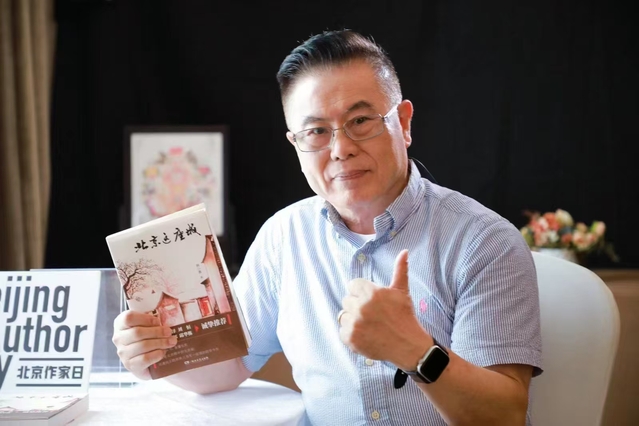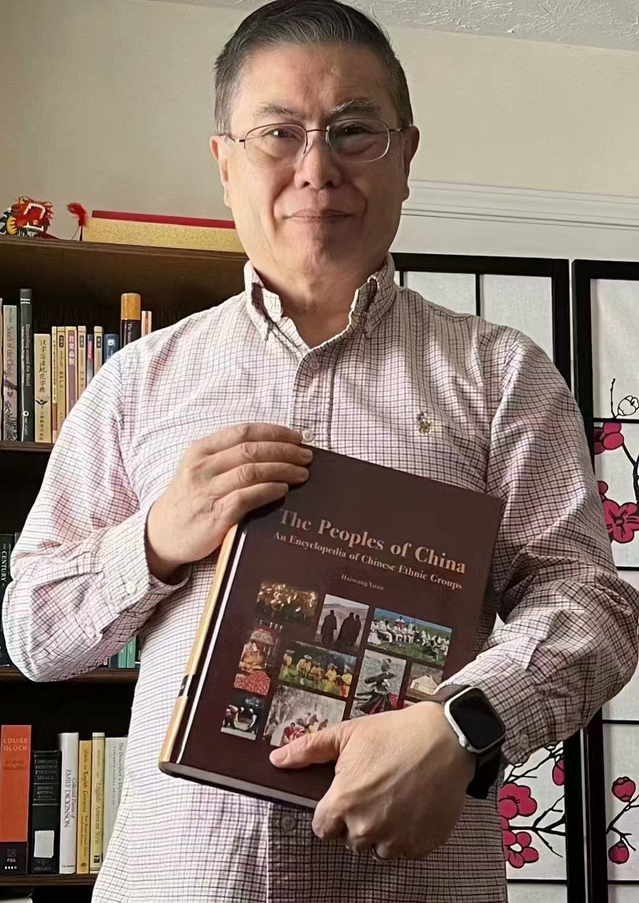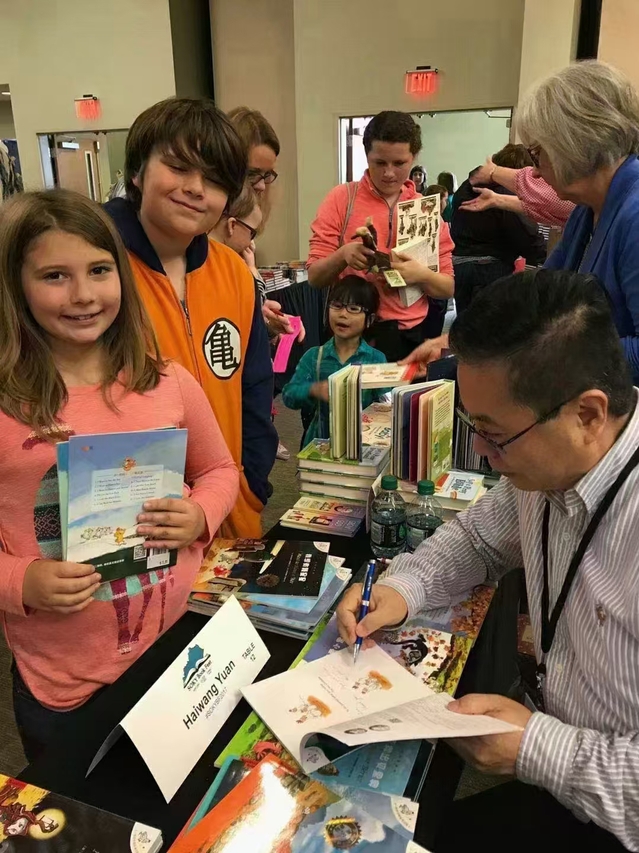
On July 27, 2024, at 11:15 a.m., the 46th session of the UNESCO World Heritage Committee was held in New Delhi, India. The committee passed a resolution to include "Beijing Central Axis – A Building Ensemble Exhibiting the Ideal Order of the Chinese Capital" on the World Heritage List. This brings the total number of China's World Heritage sites to 59. At this moment, Nankai University alumnus Mr. Yuan Haiwang, who resides in the United States, has decided to make a contribution to the protection of his homeland's cultural heritage.
The Beijing Central Axis, a masterpiece of ancient Chinese capital planning, was initially constructed during the Yuan Dynasty and expanded and perfected during the Ming and Qing Dynasties, forming the central backbone of Beijing. The axis runs from Yongdingmen Gate in the south to the Bell and Drum Towers in the north, spanning approximately 7.8 kilometers. Along this axis are numerous significant historical buildings and cultural sites, such as the Temple of Heaven, Qianmen, Tian’anmen, and the Forbidden City. These structures and sites not only showcase the remarkable achievements of ancient Chinese architecture but also stand as symbols of Chinese civilization.
In early 2022, American sinologist, professor at Western Kentucky University, visiting professor at the School of Foreign Studies at Nankai University, guest professor at the Advanced Institute of Translation and Interpretation at Tianjin Foreign Studies University, and Vice President of the Nankai Foreign Language Alumni Association, Mr. Yuan Haiwang, was invited by the CCTSS(Chinese Culture Translation and Studies Support Network) to take on the translation of the Beijing Central Axis’s application to the UNESCO World Heritage Committee. Over nearly three years, Professor Yuan successively translated multiple chapters of the application materials, including chapters two, five, and six, totaling more than ten related documents. The translation work required not only a high level of language accuracy but also a deep understanding of the historical and cultural significance of the Beijing Central Axis. With his strong translation skills and profound understanding of Chinese culture, Professor Yuan successfully completed these challenging tasks.
The Beijing Central Axis World Heritage project is a critical component of China's cultural heritage preservation efforts. By gaining World Heritage status, the international recognition and reputation of the Beijing Central Axis can be enhanced, promoteing cultural exchange between China and other countries, and advancing the efforts to protect this heritage. As a key member of the translation team, Professor Yuan made significant contributions to ensuring the accuracy and professionalism of the application materials. Throughout the translation process, his team encountered numerous challenges. The application documents contained extensive historical and cultural background, as well as technical terminology, all of which required precise understanding and expression. Moreover, the documents had to meet the formats and standards set by UNESCO, further raising the bar for translation. To overcome these difficulties, Professor Yuan worked closely with his team, consulting relevant materials repeatedly and engaging in frequent discussions with experts. Ultimately, they ensured the quality of the translation, laying a solid foundation for the successful application.
Professor Yuan stated that the successful inscription of the Beijing Central Axis as a World Heritage site is just the beginning. There is still much work to be done in the future, such as strengthening the protection and management of the axis to ensure that its historical and cultural value is preserved. The cultural significance of the axis should also be further promoted so that more people can understand and appreciate this valuable cultural heritage. Meanwhile, he encouraged more young people to engage in cultural heritage preservation to help carry forward and pass down Chinese culture and hoped collaborate with more international peers to jointly promote the protection and development of global cultural heritage.
Throughout the translation of the documents, Professor Yuan maintained a strong sense of responsibility and mission. The successful inscription of the Beijing Central Axis is a testament to his professional competence, dedication, and cultural confidence. It also represents a positive contribution to China's cultural heritage protection efforts, adding a significant stroke to the international dissemination and exchange of Chinese culture. He believes that translation is not merely a linguistic conversion, but a means of cultural exchange and transmission. During the translation of the World Heritage application, he continuously learned and gained deeper insights into the culture of his homeland, realizing the importance and necessity of cultural exchange. He hopes that through his efforts, he can build a bridge for cultural exchange between China and the rest of the world, allowing more people to understand and appreciate Chinese cultural heritage. In the future, he will continue to devote himself to cultural translation and research, contributing to more cultural exchanges.





